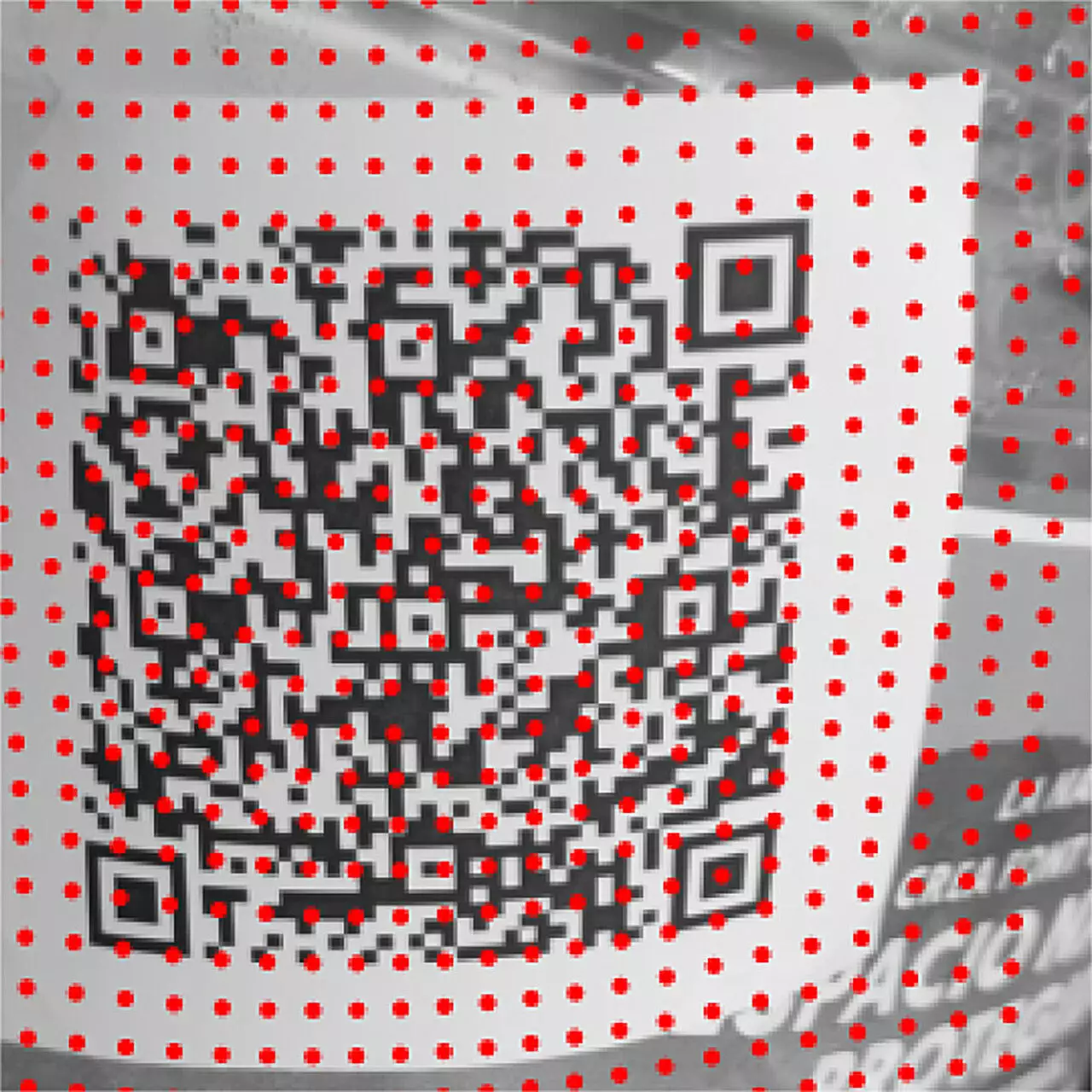QR codes have become an integral part of the modern digital landscape, facilitating quick access to information through simple scans. However, the effectiveness of these codes can be compromised in various real-world situations. A promising advancement has emerged from researchers at the University of Barcelona and the Universitat Oberta de Catalunya who have developed a groundbreaking methodology aimed at improving QR code recognition. Their research, detailed in the journal *Pattern Recognition Letters*, addresses key issues that hinder the scanning process in challenging environments, offering a glimpse into the future of digital interaction.
The shortcomings of QR code scanning often stem from multiple factors that affect image quality and print integrity. While modern smartphones boast impressive camera capabilities, they are not immune to the challenges presented by poor-quality prints or surfaces that are uneven or distorted. Common scenarios, such as scanning codes printed on curved surfaces, highlight these difficulties. For instance, a QR code on a bottle might appear distorted due to the cylinder’s curvature, leading to failed scans when the user’s positioning is incorrect.
Professor Ismael Benito from the University of Barcelona, who contributed significantly to this research during his doctoral thesis, emphasizes several core issues: the quality of the QR code print, the contrast of colors used, and the flatness of the scanning surface. These factors can often hinder the scanning process, resulting in frustration for users attempting to access information swiftly and efficiently.
The University of Barcelona and Universitat Oberta de Catalunya team took a significant step forward by introducing an advanced algorithm that adapts to the QR code’s distinct characteristics, particularly its internal patterns. This algorithm is designed to interpret and recover the surface texture that the QR code resides upon, thereby improving the chances of a successful scan irrespective of the underlying topographical challenges.
At the heart of this innovative approach are mathematical functions known as splines, which have been adapted from fields such as photography and geology. These local adjustment techniques allow for an accurate representation of surfaces, accommodating the various undulations that come with packaging or printing irregularities. This development represents the first comprehensive effort to create a methodological framework that effectively combines generalist adjustments with two-dimensional barcode technologies.
This new methodology holds significant implications not only for everyday users but also for commercial ventures looking to streamline operations through more effective QR code utilization. Enhanced scanning capabilities mean businesses can leverage QR codes more effectively for customer engagement, product authentication, and information dissemination. This efficiency can ultimately contribute to a more seamless interaction with technology in various sectors, including retail, logistics, and food service.
Despite these advancements, challenges remain for the researchers as they aim to further refine QR code recognition technology. In commercial settings, a paramount concern is achieving accurate readings swiftly, particularly when user error could lead to scanning failures. Additionally, there is a growing need to secure QR codes against potential modifications or harmful alterations, such as fake URLs that can mislead consumers.
Future research endeavors will inevitably focus on overcoming hurdles related to speeding up the recognition process in controlled environments, where precision in data capture is crucial. For instance, industries that depend heavily on quick and accurate scans must balance efficiency with reliability, ensuring that each interaction is seamless and informative.
Furthermore, the collective effort by Benito and his colleagues places them at the forefront of the QR code evolution movement. By addressing the real-world challenges of recognition, these advancements could usher in a new era of smart labeling and digital information access, amplifying the utility of QR codes in everyday life.
While QR codes have revolutionized digital information access, the challenges they face in real-world applications are significant. The innovative methodology developed by the University of Barcelona and Universitat Oberta de Catalunya represents a significant step forward in enhancing the reliability of QR code scanning, suggesting a future where access to information is both immediate and effortless. As technology continues to evolve, the integration of effective solutions will further enhance user experiences and reshape how we engage with digital information.


Leave a Reply